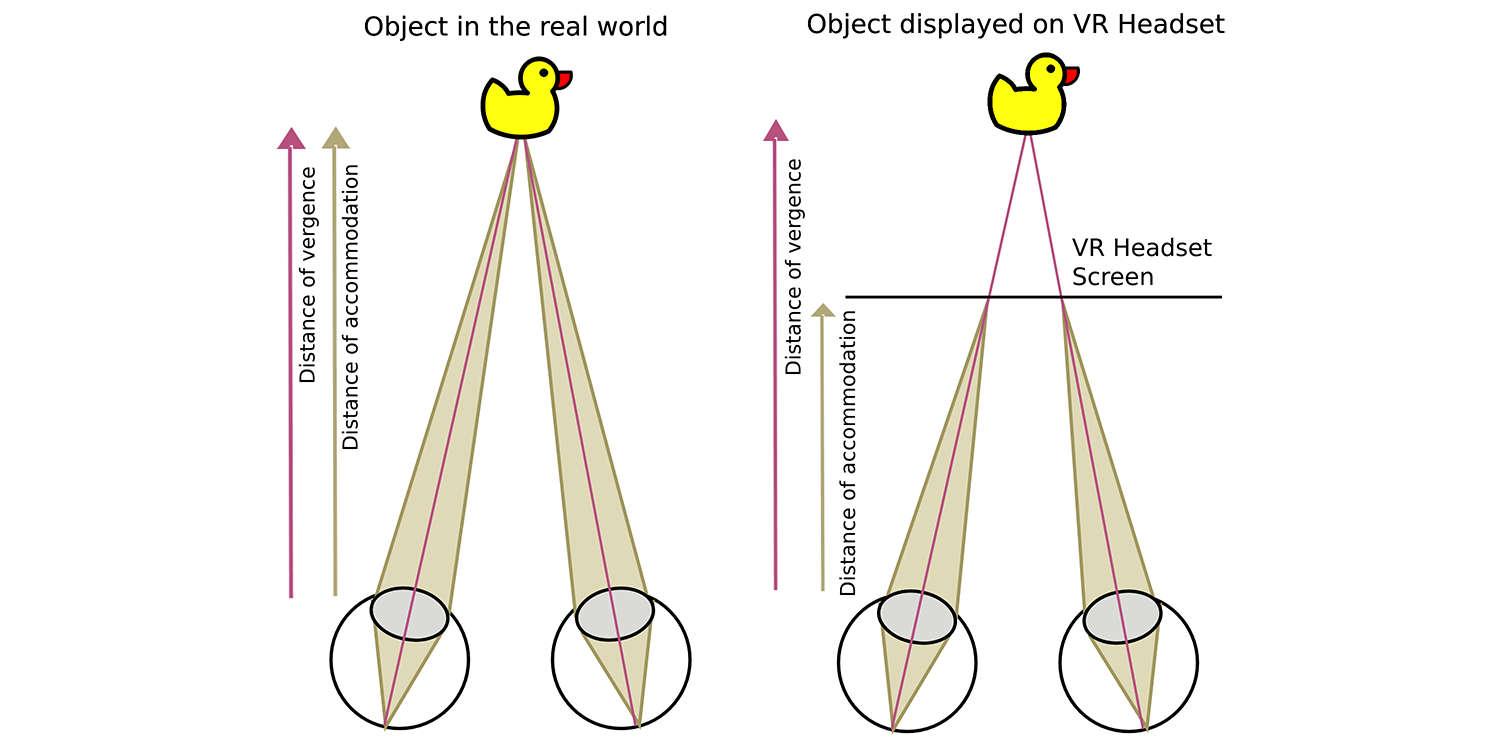
A newly published Apple patent describes how Vision Pro displays use technology designed to reduce both motion sickness and eyestrain.
While motion sickness is a known concern with head-mounted displays, an eyestrain issue caused by the illusions they create is something I hadn’t encountered before …
Motion sickness with head-mounted displays
The possibility of suffering motion sickness was something my colleague Chance Miller feared before trying Vision Pro at the launch event.
Going into today, I was really concerned about motion sickness while wearing an Apple headset. I get motion sick incredibly quickly in a car or an airplane.
Apple said that the combination of high-resolution displays and ultra-low latency were designed to minimize the risk of this, and Miller indeed found that it wasn’t an issue.
The extremely low latency is powered by the R1 chip, which handles all the image processing, and reduces lag to just 12 milliseconds.
Additionally, Apple has developer guidelines on minimizing discomfort, which caution against “overwhelming motion” and “encouraging excessive movements” – leading to question marks about potential fitness applications.
Eyestrain caused by the illusion of distance
But there’s another discomfort issue Apple addresses in Vision Pro, and that’s a phenomenon known as vergence-accommodation conflict (VAC).
That’s because the brain is fooled into thinking that a virtual object is some distance away, when the reality, of course, is that the displays are very close to your eyes.
In normal conditions the human visual system expects vergence and accommodation distances to match. When viewing most artificial 3D images or displays, vergence and accommodation distances for the most part are mismatched. The human visual system has not evolved to view these types of artificial 3D images comfortably, so VAC can be a very unpleasant sensation for the viewer.
Patently Apple spotted a patent that describes how VAC can be tackled in order to reduce eyestrain. It’s an extremely technical description, but the essence of it is using a combination of displays and lenses in a way that changes the way in which images are perceived by the eye. For example:
The light engine includes a series of optical waveguides with holographic or diffractive gratings that move the light from the light sources to generate beams at the appropriate angles and positions to illuminate the scanning mirrors; the light is then directed into additional optical waveguides with holographic film layers recorded with diffraction gratings to expand the projector aperture and to maneuver the light to the projection positions required by the holographic combiner.
The patent describes a number of different ways of solving the problem, and it’s unclear as yet which of these are implemented in Vision Pro.
FTC: We use income earning auto affiliate links. More.




Comments